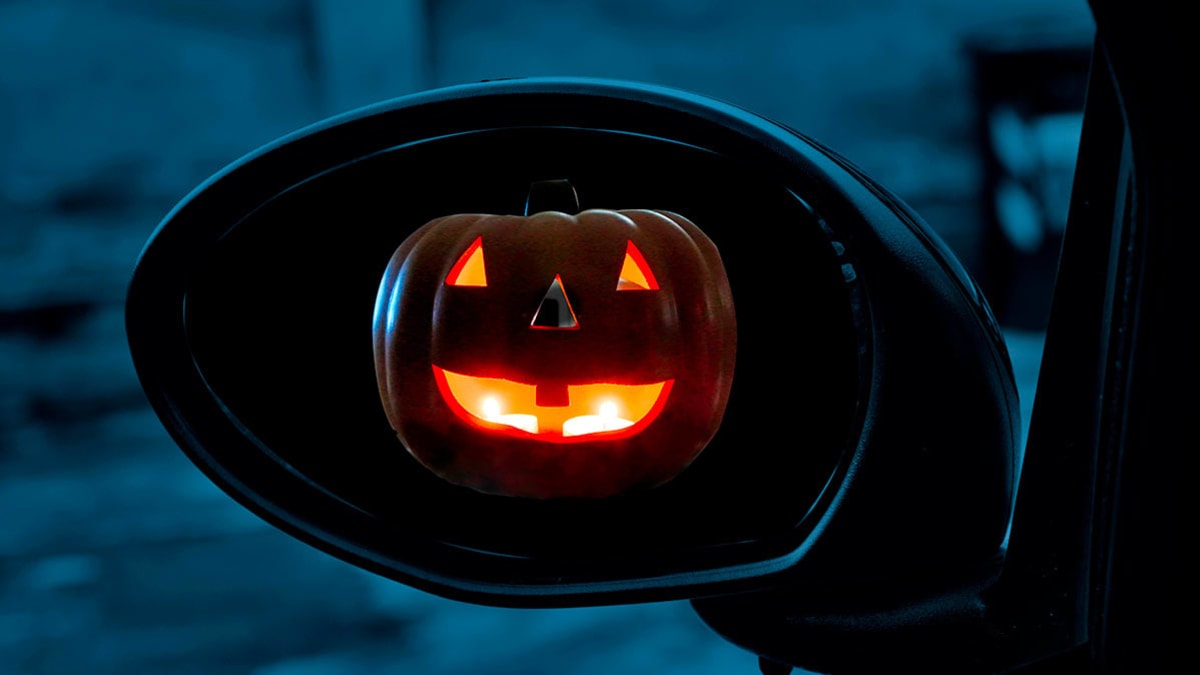If you drive a newer car, there’s less concern. Over the past decade automakers have developed clearcoat paint specifically designed to resist that type of acid. That means today’s cars are better protected than older models.
If you drive an older car, there are steps you can take to protect it from Halloween pranks. We compiled these tips from CR’s experts, car-care companies, an automotive paint supplier, and a professional detail shop.
Wax on. Your best defense against such an attack is a protective coat of wax. Newer ceramic and hybrid products (a combination of traditional wax and ceramic) provide more resilient protection, says a spokesman for Mothers, a car-care product manufacturer. The week before Halloween is a good time to apply a wax. It prepares your vehicle for Halloween threats and can help protect paint from the assault of salt, sand, and road grime that comes along with winter driving in some parts of the country. Consumer Reports has tested traditional car waxes, and the results show that most begin to wear off after only a few weeks. So we recommend waxing even new cars every two or three months, or about once a season.
Cover up. If you can, park the car in your garage on Halloween night or use a car cover, available at any car-parts store or online. It’s worth spending a little more to get one that’s lined with a soft material so that it doesn’t scratch your paint. And you’ll want one that can breathe so that moisture doesn’t build up. These covers come in a variety of sizes, and some are shaped specifically for SUVs, pickup trucks, and other vehicles.
Source link
-
-
-
-
-
-
-
-
